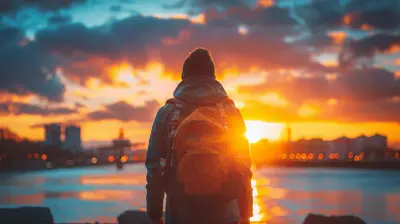The Art of Photographing Remote Locations: Challenges and Tips
5 October 2025
Have you ever found yourself mesmerized by stunning images of untouched landscapes, wondering what it took to capture them? Photographing remote locations is an art form—one that requires patience, planning, and a little bit of adventure in your soul. From dense jungles to vast deserts, these places offer photographers a chance to capture pure, unspoiled beauty.
But let's be real—it’s not as simple as grabbing your camera and hitting the road. Shooting in these isolated places comes with its fair share of challenges. However, with the right mindset and preparation, you can master the craft of photographing these breathtaking locations.
So, what does it take to get that perfect shot miles away from civilization? Let’s dive in. 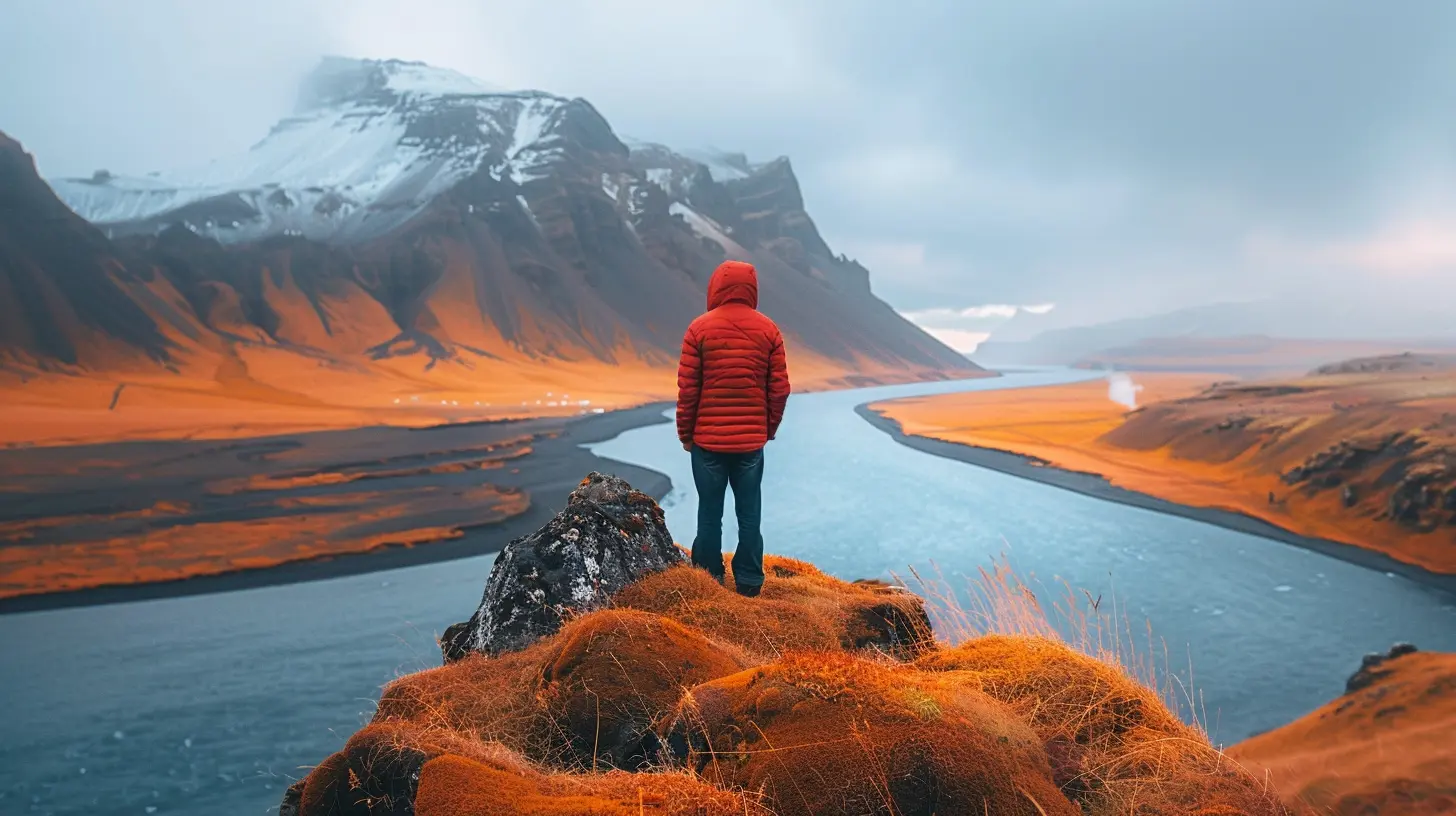
Challenges of Photographing Remote Locations
1. Harsh and Unpredictable Weather
Remote areas often mean extreme weather conditions. One moment you could be basking in golden sunlight, and the next, caught in a sudden downpour. Extreme cold, scorching heat, or even unpredictable wind can make photography difficult.How to tackle it?
- Always check the weather forecast before heading out.
- Carry protective gear for your camera—rain covers, lens hoods, and moisture-absorbing silica packs.
- Be flexible. Some of the best shots come from unexpected weather phenomena.
2. Accessibility and Difficult Terrain
Let’s face it—reaching remote locations isn’t always a walk in the park. Whether it’s a grueling hike up a mountain or a long drive on bumpy roads, getting to these spots can be exhausting.How to tackle it?
- Pack light but smart. Carry only the necessary gear to avoid fatigue.
- Invest in a sturdy, comfortable backpack to distribute weight evenly.
- Research the terrain beforehand and prepare physically if needed.
3. Limited Supplies and Battery Life
Unlike urban areas, remote locations don’t have convenience stores around every corner. Running out of food, water, or battery power can turn a dream trip into a nightmare.How to tackle it?
- Carry extra batteries and a portable solar charger.
- Bring enough food, water, and first-aid supplies.
- Use power-efficient settings on your camera, such as airplane mode and dimming the LCD screen.
4. Lack of Internet or GPS Connectivity
Getting lost in the middle of nowhere is a real concern. Without internet access or GPS, navigating unfamiliar terrain becomes tricky.How to tackle it?
- Download offline maps before your trip.
- Carry a physical map and compass as a backup.
- Inform someone about your location and expected return time.
5. Wildlife and Safety Hazards
In remote locations, you're often sharing space with nature—sometimes in ways you didn’t anticipate. Whether it’s unexpected encounters with wild animals or navigating treacherous paths, safety should always be a priority.How to tackle it?
- Learn about the local wildlife and potential dangers in advance.
- Travel with a companion when possible.
- Carry basic survival gear, including a flashlight, whistle, and first-aid kit. 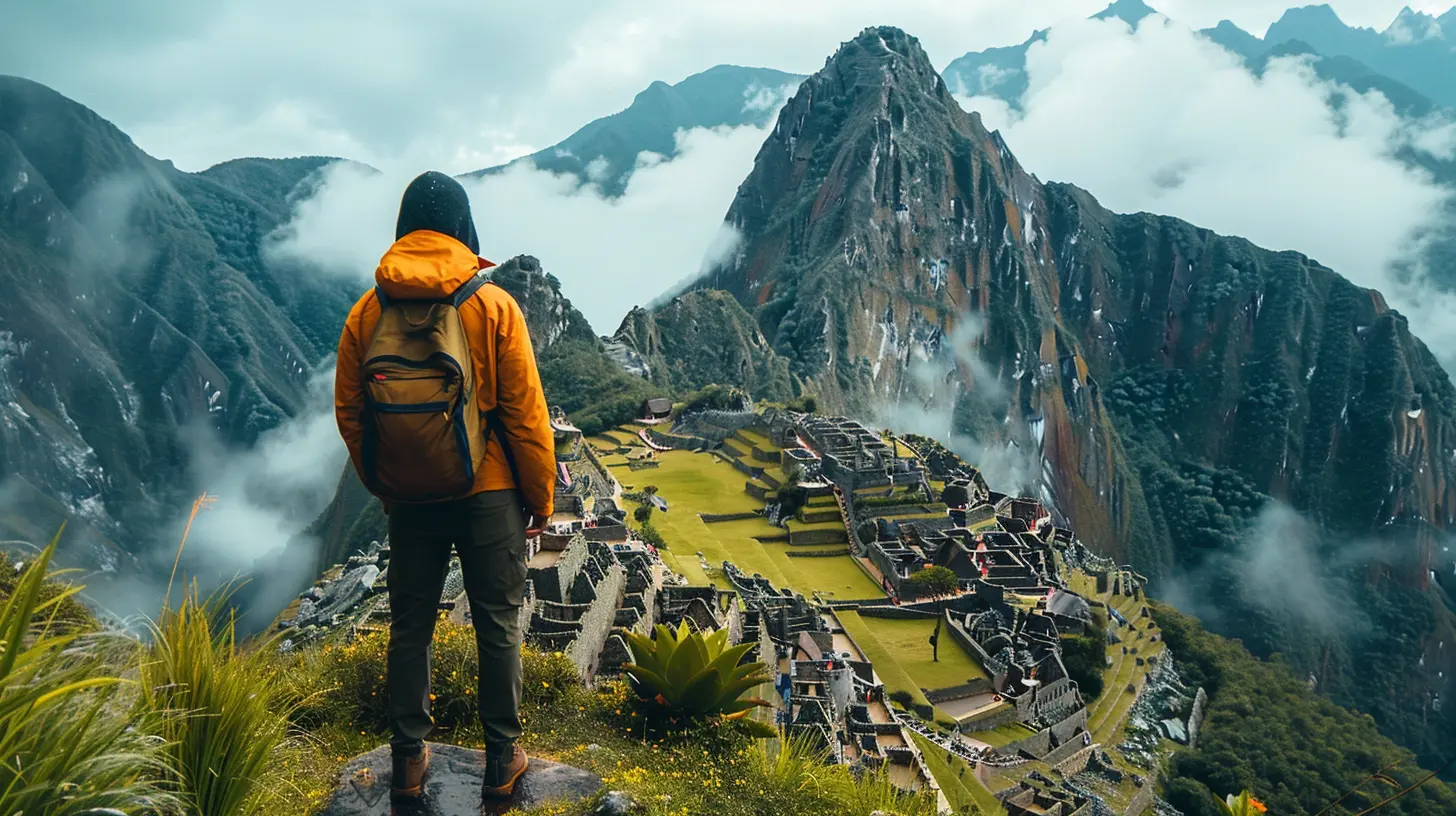
Tips for Capturing Stunning Photographs in Remote Locations
1. Plan Your Shots in Advance
Preparation is key. Research your location beforehand, look up potential compositions, and identify the best times for lighting conditions. Apps like Google Earth and Photopills can be immensely helpful in planning.2. Make the Most of Natural Light
Lighting can make or break a photograph. Remote landscapes often look best during golden hours—early morning and late evening—when the light is soft, warm, and dramatic.3. Use Leading Lines and Composition Techniques
A great photograph isn’t just about the subject—it’s about how you frame it. Use leading lines, the rule of thirds, and symmetry to create visually captivating images.4. Capture the Essence of the Place
A remote location isn’t just about the landscape—it’s about the mood, the solitude, and the raw beauty it offers. Look beyond the obvious. Capture close-up details, candid moments, and the emotions that the scenery evokes.5. Experiment with Different Perspectives
Avoid taking only eye-level shots. Try different angles—low-angle shots for a powerful feel, aerial shots if you have a drone, or even extreme close-ups to highlight textures.6. Shoot in RAW Format
Remote locations often have unpredictable lighting. Shooting in RAW ensures you have maximum flexibility in post-processing to adjust exposure, white balance, and details without compromising quality.7. Take Your Time and Be Patient
Sometimes, the best shots require waiting. Wildlife photography might require hours of stillness. Weather conditions might need time to align perfectly. Don’t rush—let the scene unfold naturally.8. Respect the Environment
Leave no trace. The privilege of photographing remote locations comes with a responsibility to protect them. Avoid disturbing wildlife, don’t litter, and respect the land and its indigenous communities.9. Capture the Journey, Not Just the Destination
Often, the journey to these locations is just as striking as the final spot. Document the challenges, the rugged trails, and the behind-the-scenes moments that make the trip memorable.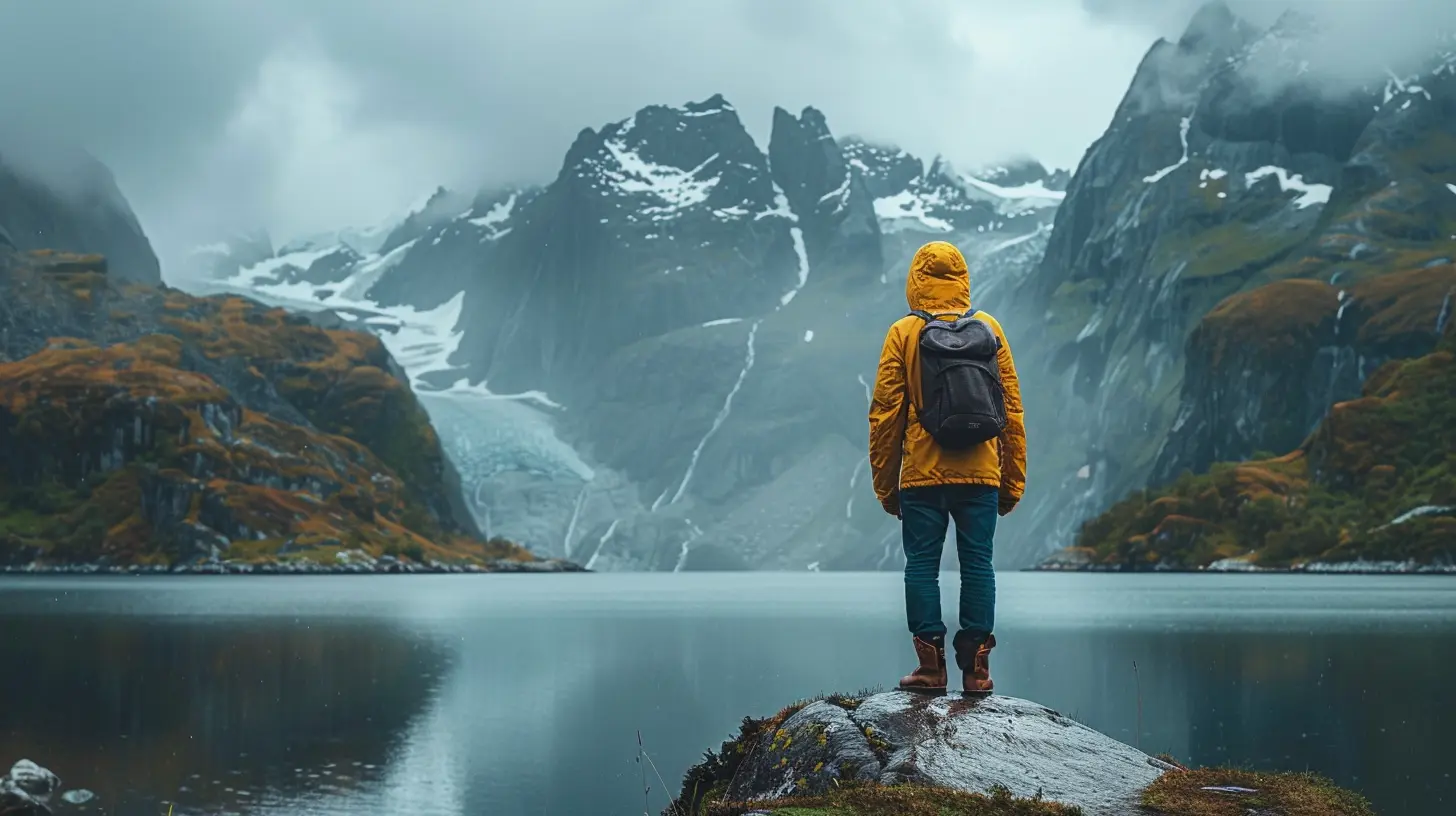
Essential Gear for Remote Location Photography
Packing the right equipment is crucial. Here’s what you should consider bringing:Camera Equipment:
✅ DSLR or Mirrorless Camera – For high-quality images.✅ Wide-Angle Lens – Perfect for capturing vast landscapes.
✅ Telephoto Lens – Essential for wildlife photography.
✅ Tripod – Helps with stability, especially in low light.
✅ Drone (Optional) – For breathtaking aerial shots.
Accessories:
✅ Extra Batteries & Memory Cards – Running out of power or storage is a big no-no.✅ Lens Cleaning Kit – Dirt and dust are inevitable in remote locations.
✅ ND and Polarizing Filters – Helps manage reflections and exposure.
Survival Gear:
✅ Lightweight Tent or Shelter – Just in case you need to stay overnight.✅ Multi-Tool Knife – A handy tool for unexpected situations.
✅ Emergency Food and Water – Always carry extra rations.
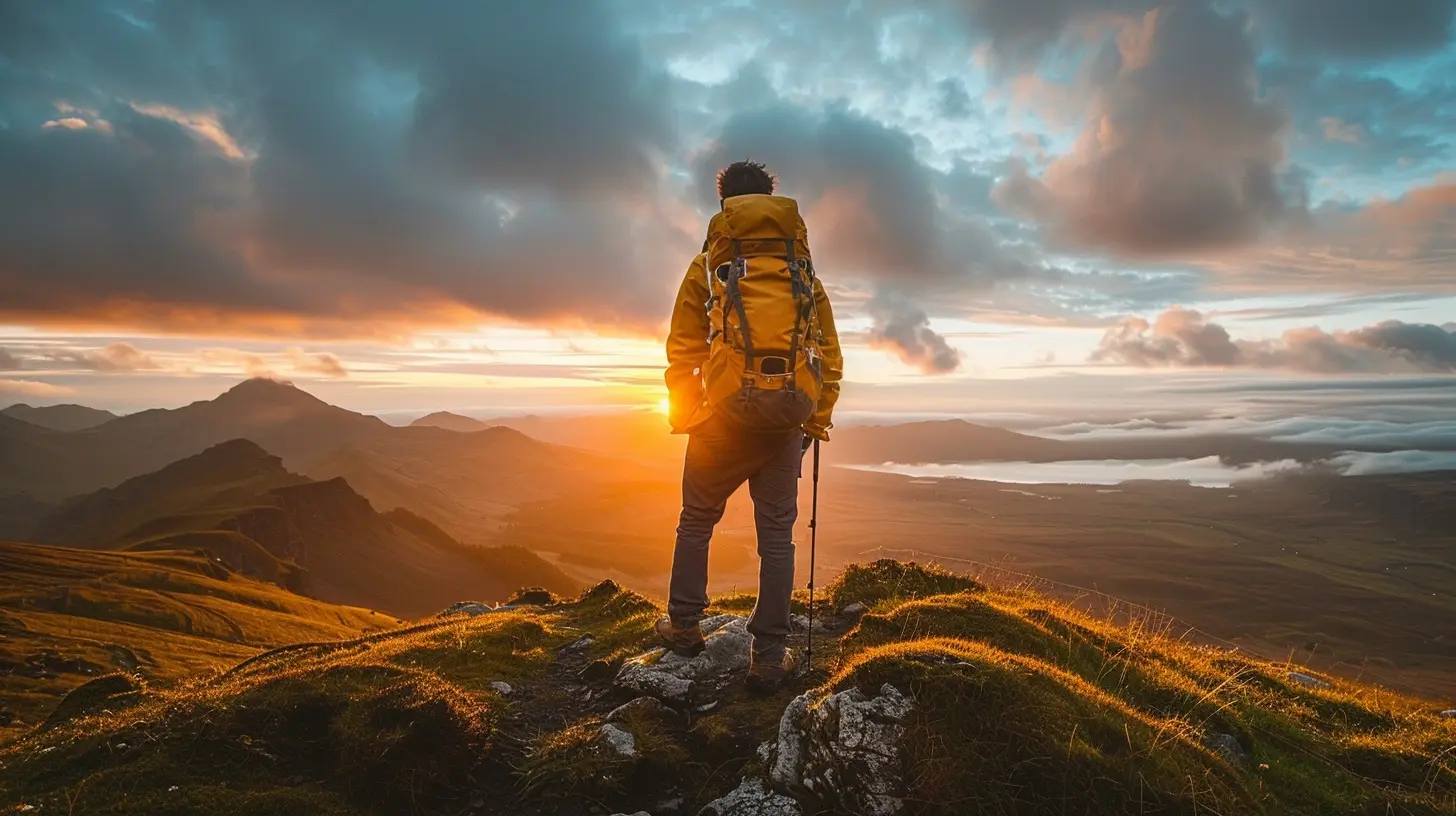
Final Thoughts
Photographing remote locations is both a thrilling challenge and an immensely rewarding experience. It's not just about capturing breathtaking landscapes—it’s about embracing the adventure, immersing yourself in nature, and telling a story through your lens.Yes, there will be obstacles—unpredictable weather, exhaustion, and technical difficulties—but each challenge only adds to the narrative of your journey. With the right preparation, mindset, and a deep appreciation for the environment, you can create images that truly stand out.
So, next time you find yourself yearning to capture something extraordinary, venture off the beaten path. The best photographs aren’t just taken; they’re earned.
all images in this post were generated using AI tools
Category:
Photography TipsAuthor:

Shane Monroe
Discussion
rate this article
1 comments
Roman McTavish
Embrace the journey of capturing remote beauty! Every challenge you face will elevate your photography skills. Let passion guide you, and remember: each shot tells a unique story waiting to be discovered!
October 8, 2025 at 3:02 PM

Shane Monroe
Thank you for your inspiring words! Embracing the journey truly enhances our skills and deepens our connection to the stories behind each shot.

